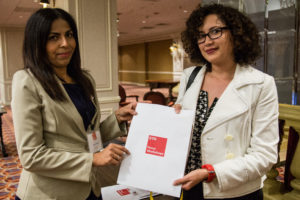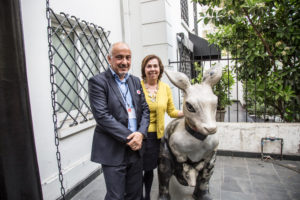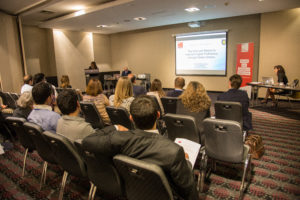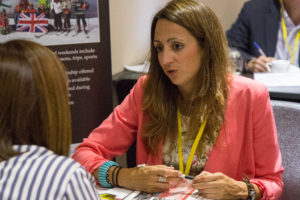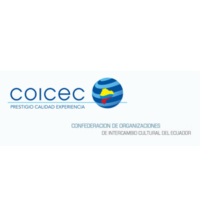5 Ideas For Going Green In The Classroom
Any educator knows that the classroom is a powerful resource. It is up to them to create the right environment for students to learn how to recognise, address and adopt changes that could positively affect their lives, communities, and even the planet. Opening up their minds for new ideas and introducing more challenges have the power to illuminate the importance of embracing greener practices and turning the classroom into a green one.
Far from all academic buildings have been designed with environmental awareness. So it may seem nearly impossible to convince students, faculty and staff to start taking actions and become more environmentally friendly. However, there are many ways to embrace green practices that you can easily follow and start implementing right now:
The power of solar energy

Historical energy sources, such as coal and oil, are becoming increasingly limited. Moreover, their consumption contributes dramatically to the global warming. Luckily, we all have the sun, and it provides clean and infinite energy. Even though solar energy use may require a lot of funds, you can already start with some very simple actions such as:
- Letting in more sunlight
You can reduce electricity consumption by opening the blinds or pulling back the curtains. Letting in natural sunlight is not only environmentally friendly. It also has a positive effect on the overall mood and wellbeing of all the students in the classroom.
- Turn off lights to save energy
Whenever the room is filled with natural sunlight, you would no longer require overhead lighting to see during lessons.
- Incorporating the subject of solar energy into the study plan
Introducing information about solar energy to students would eventually help engage them in energy-preservation processes for establishing a green classroom.
Improve indoor air quality

The indoors air quality in school is extremely important for faculty and students’ health. Studies have shown that poor quality of indoor air could be associated with symptoms such as fatigue, headaches, trouble concentrating and general irritation.
In order to improve the air quality in the classroom, you can also initiate de-cluttering of room corners, piles of papers, and old decorations. This will help eliminate dust accumulation in the classroom.
Encourage classroom recycling
Recycling is one of the most famous approaches for a greener classroom. Classroom recycling could include having separate garbage bins, as well as visiting a recycling centre to learn about recycling processes.
No matter what kind of action you undertake, recycling is an essential part of maintaining the environment clean. Therefore, as an educator you can foster environmental awareness by explaining its importance to students.
Go digital to save paper
It may seem really easy to avoid using paper in today’s digital world. However, the fact is that most countries all over the world still use tons of paper for writing and printing. Consumption of paper in such quantities leads to huge deforestation on a global scale, which eventually contributes to climate change and global warming.
What educators can do is promote paperless lessons and use technology such as the Internet, tablets and smart boards. They can also create powerpoint presentations to reduce paper handouts and make students share books during lessons.

Select environmentally safe products
You can easily replace plastic items with more environmentally friendly materials. There are numerous retailers who provide “green” school materials. Unlike the plastic ones, these materials decompose much more easily and do not harm the environment. Moreover, there are now biodegradable plastics that break down just like organic matter without causing environmental damage. Use of eco products and supplies in the classroom (such as napkins, utensils and plates for school parties) can make a shift in the preservation of our planet.






















